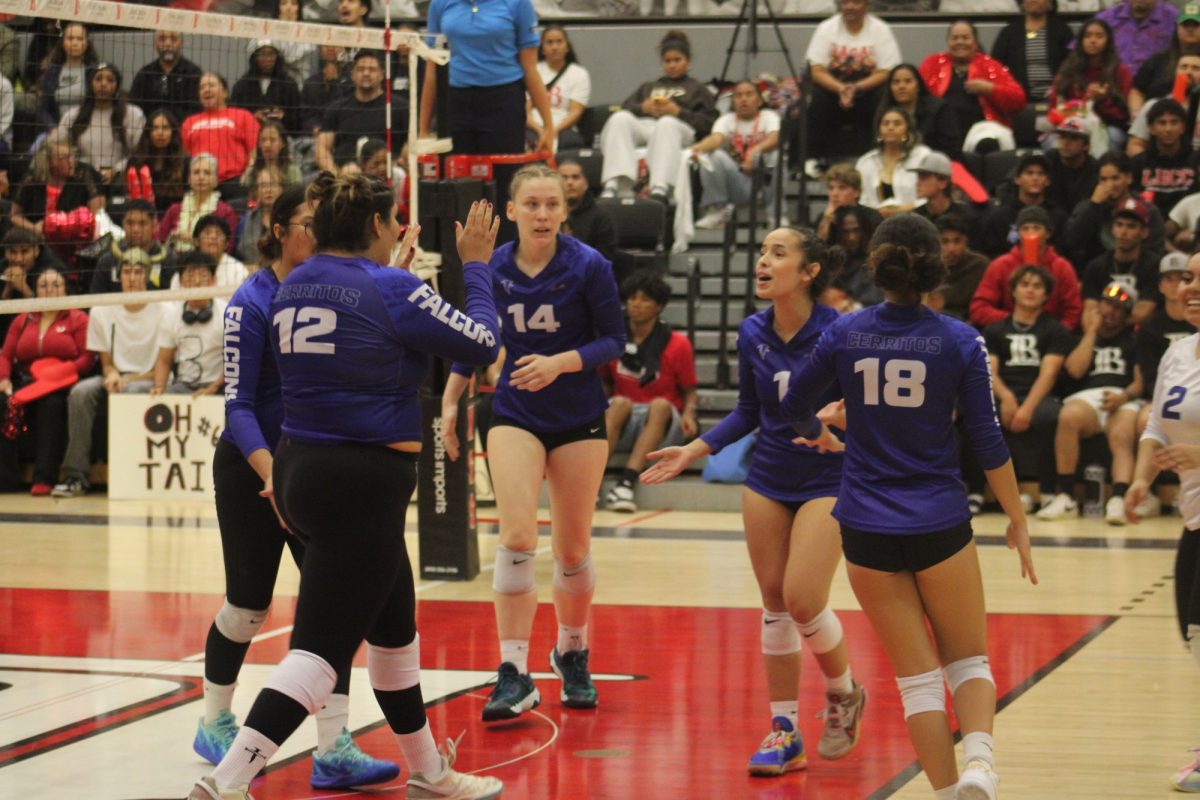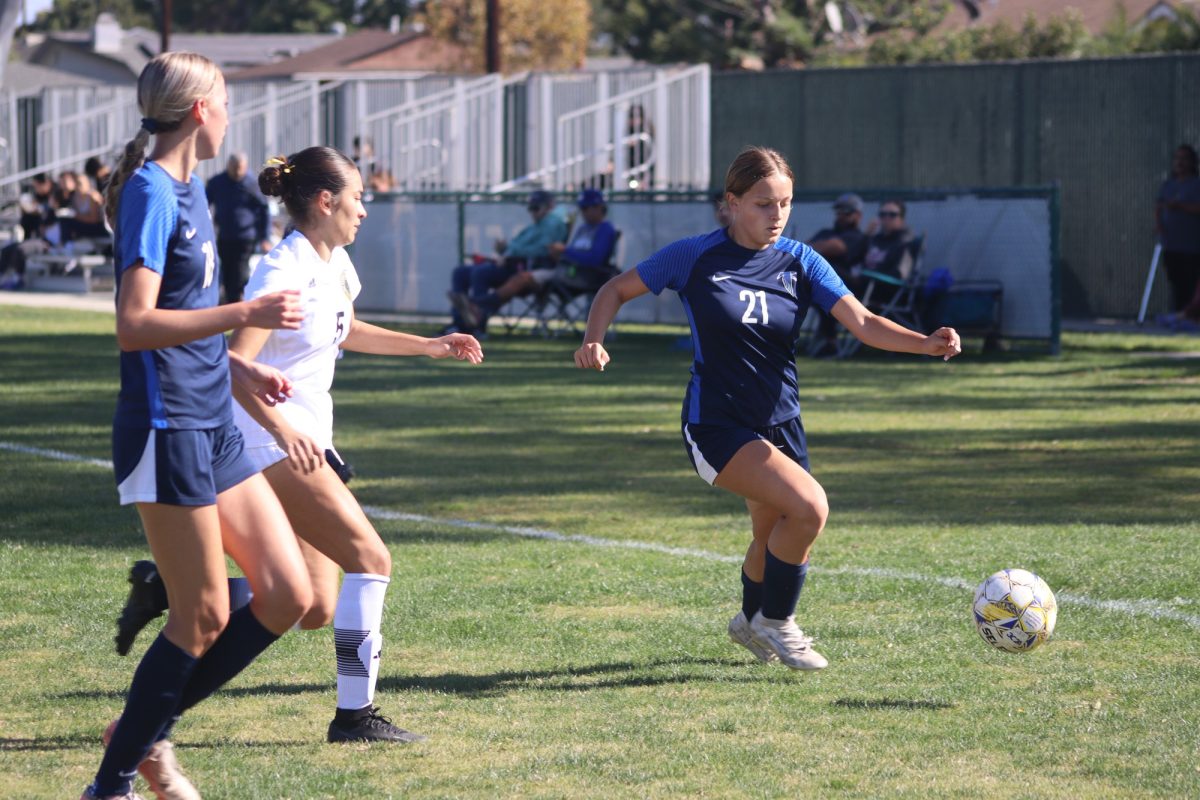Athletes who make their run through the community college system often spend two to three years participating in their chosen sport, opting to redshirt in their final year if they please.
If there has been any concern about athletes leaving Cerritos College for another school, say for example, Long Beach City College or Mt. SAC, then those who share these sentiments should shape up.
The measure of growth for athletes is not measured by their loyalty to any particular community college; they are not bound by any commitments or contracts in between each school year.
The great thing about the choice of changing schools after freshman year is that it reflects the purpose of community colleges altogether, so the student can figure out exactly what it is they want to focus on.
Examples of this can be seen with Falcon dual sport athletes like Sony Theodate and Ameer Webb, who each have embraced the options set before them and excelled.
Flexability is everything.
What works best for the student works best for the program.
The option of playing with another school allows players to arrive on a campus ready to play with greater efficiency and focus, bringing with them experience from other programs to share with peers.
Also to be taken into consideration are the circumstances surrounding a transfer from one community college to another.
Sometimes it may just be unrealistic to stick with a school when there is conflict with the fundamentals of being a successful student.
Let’s say that during freshman year, Athlete John Doe attends Cerritos College and plays for the men’s water polo team.
In the summer, because of financial conflicts and family issues, Doe moves from Downey to Fullerton.
Doe does not drive a car, so would it not make more sense to transfer to Fullerton City College?
It is up to him, and that’s the way it should be.








